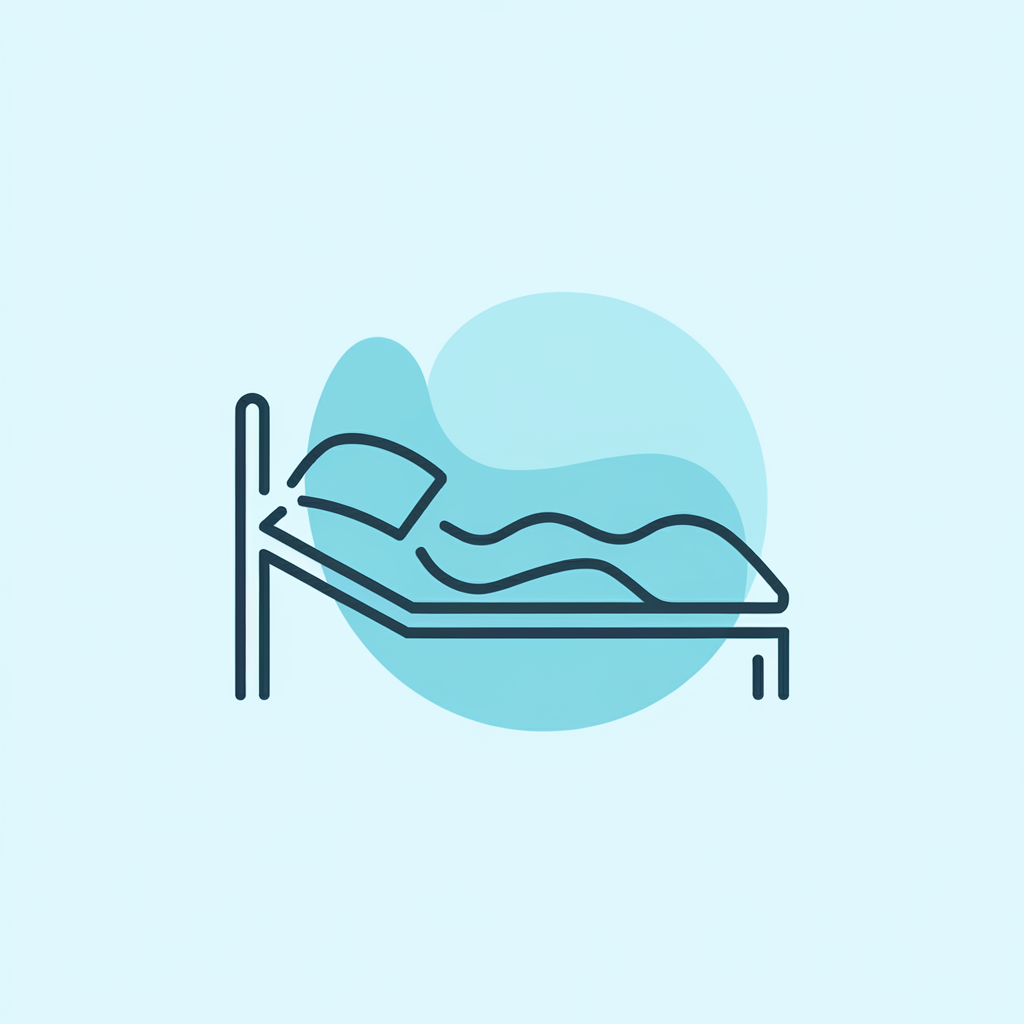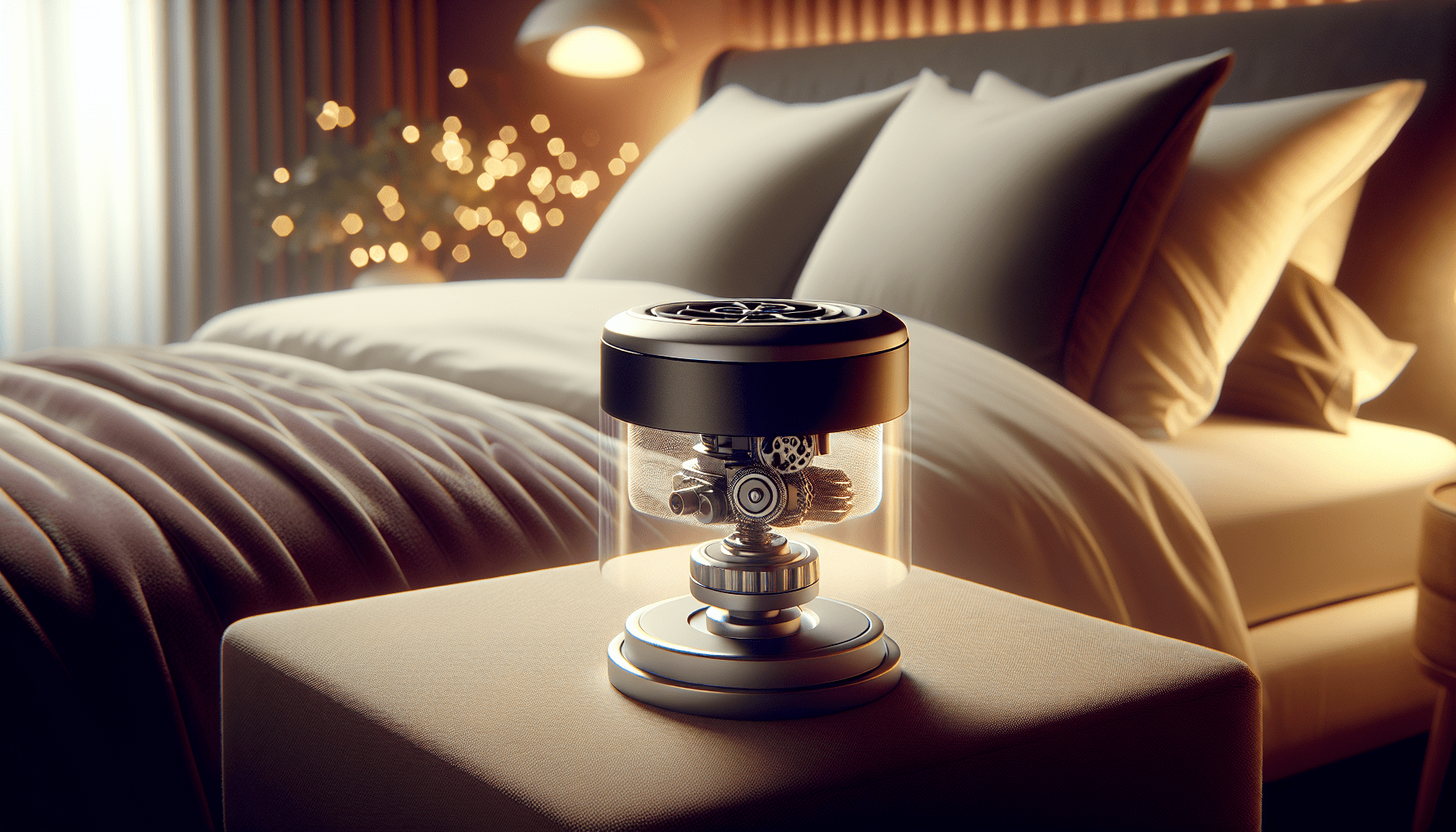Have you ever found yourself wondering just how quiet adjustable bed motors truly are when they are in operation? If you’re considering investing in an adjustable bed, this question might loom large in your mind. After all, a peaceful night’s sleep is essential, and you don’t want any distracting noises interrupting your rest. Let’s unpack the intricacies involved in the sounds generated by adjustable bed motors so that you can make an informed decision.
Understanding Adjustable Bed Motors
Adjustable beds are unique; they offer the ability to elevate different parts of the bed, providing customized comfort. At the core of these adjustable beds are the motors that make this transformation possible. These motors move various components of the bed, usually the head and foot sections, allowing for positions that suit individual needs. Understanding how these motors work and how loud they might be can significantly influence your choice.
Types of Adjustable Bed Motors
Not all adjustable bed motors are created equal. There are a few different types, each designed with varying technologies and capabilities. The two prominent types you might encounter include:
-
Single Motor Systems: These systems typically adjust the head and foot of the bed using a singular motor. They are generally quieter due to their simple design, but they may lack the flexibility that dual motors offer.
-
Dual Motor Systems: These setups feature two separate motors, which completely adjust the head and foot independently. While they may offer more versatility, the noise level can vary between models and configurations.
It’s essential to consider both the type of motor and the brand when determining what level of noise you can expect during operation.
Noise Levels: What to Expect
When discussing the noise levels of adjustable bed motors, it’s helpful to think of them in decibels (dB). Here’s a general breakdown of what various dB levels mean:
| Noise Level (dB) | Description |
|---|---|
| 0-20 | Nearly silent; a whisper is around 20 dB |
| 30-40 | Quiet setting; light rustling sounds |
| 50-60 | Normal conversation; noticeable noise |
| 70+ | Significant noise; likely interrupts sleep |
Adjustable bed motors typically operate within the 30-60 dB range, depending on the motor quality and design. Let’s take a closer look at what contributes to these noise levels.
Factors Influencing Noise Levels
-
Motor Quality: Higher-quality motors are designed for smoother operation, thus producing less noise. Cheaper models might be louder and can also experience more wear over time, leading to increased sound levels.
-
Weight Capacity: Beds designed to hold heavier weights often come with more robust motors, which might create a higher level of noise. It’s essential to match the motor’s capacity to the mattress and the users.
-
Material and Build: The materials used in construction can also affect how sound travels. Wooden frames may absorb sound better than metal frames, resulting in a quieter operation.
-
Frequency of Use: If you frequently adjust your bed, you might notice more noise over time. Regular use can contribute to wear and tear, making the motors work harder and potentially louder.
Looking at the Brands
When you’re in the market for an adjustable bed, it’s wise to consider the various brands available. Each brand brings something unique to the table. Some are known for their quiet operation, while others might be lauded for their powerful features. Here’s a brief overview of some popular brands:
| Brand | Motor Type | Typical Noise Level (dB) | Notable Features |
|---|---|---|---|
| Tempur-Pedic | Dual | 40-50 | Smart home integration |
| Leggett & Platt | Single/Dual | 30-60 | Various adjustable positions |
| Reverie | Dual | 35-55 | Bluetooth connectivity |
| FlexAform | Single | 25-45 | Lightweight and compact design |
As you can see, the specific motor type and buildup contribute to the overall user experience. Choosing a reputable brand can help ensure a quieter operation.
Quiet Operation Features
Manufacturers are increasingly aware that noise can be a significant concern for consumers. Many adjustable beds come packed with features designed to minimize sound during operation. These may include:
Anti-Snag Technology
Some adjustable beds incorporate anti-snag technology in the design, which helps eliminate the sounds associated with components colliding or obstructing one another during movement. This is particularly important in dual-motor systems where coordination between the two is essential.
Soft Start/Stop Operation
Another feature to consider is the soft start and stop functionality. This allows the motors to gradually increase and decrease in speed rather than a sudden jolt. This capability makes for a smoother, quieter adjustment, ensuring that you’re not jolted awake by loud motor sounds.
Noise Dampening Materials
Some manufacturers implement noise-dampening materials within the bed frame, further reducing the sound produced by the motors. These materials help absorb vibrations and sound, creating a serene atmosphere for sleeping.
Testing the Waters: How to Evaluate Quietness
Before making a purchase, you might want to take a proactive approach to evaluate how quiet an adjustable bed is. Here are some steps you can take:
Read Online Reviews
Next to firsthand experiences, online reviews offer a wealth of insights. Look for specific comments about noise levels; many users will mention whether they found the bed to be louder or quieter than they expected. Pay attention to both positive and negative feedback.
Visit Showrooms
If possible, visit a showroom. Many retailers will have adjustable beds set up for you to try. While you’re there, adjust the bed and listen attentively. This firsthand experience can be invaluable as you weigh your options.
Consult with Sales Representatives
Don’t hesitate to ask questions from the store staff. They can often provide details about specific models and might even let you try them out before making a decision.
Benefits of a Quiet Adjustable Bed
Choosing a quieter adjustable bed offers numerous advantages. You may find that:
-
Better Sleep Quality: With fewer distractions, you’re more likely to achieve a deeper, more restful sleep.
-
Enhanced Comfort: If you’re sharing a bed with a partner, a quieter operation means you can move without disturbing their rest.
-
A Peaceful Environment: In a home filled with noise, every little bit counts. Noise reduction contributes to a more serene atmosphere.
-
Increased Mobility: For those with limited mobility, having a quiet bed can encourage them to adjust their position without hesitation, leading to improved overall comfort.
Conclusion: Finding Your Perfect Fit
Deciding on an adjustable bed is a deeply personal experience as it intertwines with individual needs and preferences. Being mindful of how quiet the adjustable bed motor operates is crucial for ensuring a peaceful night’s sleep. As you weigh the features, brands, and your specific requirements, always remember the importance of creating a calming sleep environment.
Understanding quieter operation, the technology behind the motors, and reading reviews will all serve you well in your search. Ultimately, the right adjustable bed can transform your nights and elevate your daily comfort. A little effort in research can lead to a much more restful experience in the long run, making it all worth it. Keep your sleep sanctuary in mind as you navigate this journey; it’s an investment in your wellbeing that pays off.

